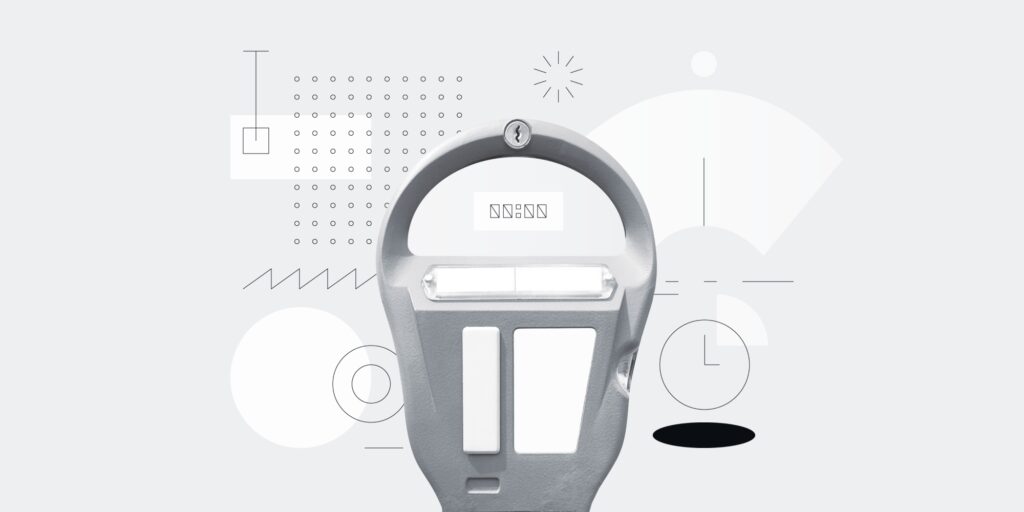5 Ways to Turn Window Shoppers Into Subscribers
The COVID-19 pandemic has changed the way digital audiences consume content, and therefore, how publishers are monetizing it. With more people staying at home, cutting out other activities, and seeking out new sources of information and entertainment the number of consumers paying for content has been steadily climbing. But this rising tide won’t necessarily lift every boat equally. For publishers to see maximum value from rising reader revenue they’ll need to develop a smart pricing and promotion strategy that converts this influx of casual browsers into bona fide paying subscribers.
Pricing is certainly a journey, but to make it a bit easier we’ve gathered a few tips and tricks from our most recent session of Piano Academy, Maximizing Acquisition: Perfecting Pricing and Promotions. Our SVP of strategy, Michael Silberman, shared some insight on the best ways to develop and test a pricing strategy and we’ve distilled some of the top tips for you below.
1. Understand Perceived Value
It’s an enduring myth that pricing is a function of cost. Yes, the cost of creating your content is certainly a factor in determining how to price a subscription, but there’s a lot more science--and even a little psychology--that goes into setting the perfect price point. Understanding how your most loyal customers perceive the value of your content will inform you how to price it, rather than relying on production costs as the source of truth.
By understanding your core customers’ content needs you’ll be able to determine a fair price that will convert them from passive readers to loyal subscribers at a higher price point. Pricing research and testing can help you to understand what aspects of your content are most valued. Do your readers need more original research and custom data? Are they placing a premium on authoritative interviews with industry leaders? Do they look to your content to entertain or provide insight? Teasing out these details can help you to pinpoint where your users see value, potentially above and beyond what you’re currently charging, and adjust your pricing model accordingly. More importantly, understanding these needs among your ideal customer will allow you to continue to enhance their experiences as you grow your subscriber base.
2. Know your product category
Consumers’ categorization of a product is directly connected to its perceived value. Consider, for example, the price difference between a hot cup of diner coffee, and a customized latte at an upscale coffee house. The difference in cost of materials is negligible but one holds a much higher valued price point that consumers readily accept. Content pricing works in much the same way.
Since digital publishing was built on the backs of ad-supported experiences, rather than direct reader revenue, audiences have come to expect a complimentary experience. However, lower entry prices don’t always equal lasting success. Aside from lowering value perception, which makes it difficult to raise prices over time, it also runs the risk of missed revenues. Correct pricing can dramatically shift value perception, and thus, what consumers will actually pay. Presenting your product as a premium offering, with a premium price tag, can signal to users that your content is worth paying premium prices for. The psychology of the consumer often impacts price ceilings and floors far more than their actual available resources but creating the right signals you can influence how consumers value the product.
3. Leverage data early
Once a product is in-market, it can be challenging to dramatically shift pricing. Not only does a drastic price change risk negative reactions or outright alienation of existing customers, but internal logistical challenges make it less than worthwhile to update pricing on a whim.
The more effective approach is to gather data early on in a product’s lifecycle, by either leveraging live testing, trials, and promotions, or conducting pricing research to determine the best way to maximize subscription value. Live testing, in particular, is a time-efficient method of gathering data so you can make effective decisions with subscription pricing in real-time. As you implement new pricing models, you can usually see results from your efforts within a couple of weeks. This will allow you to make bigger decisions without a lengthy research process.
Unless you have an obvious price winner early on, we recommend a target of 100 conversions in each branch of a test before you close it out, to ensure your results reflect consumer interest in the market. We recommend relying on analytics such as:
- Number of conversions
- Conversion rate
- Ratio between monthly and annual terms between product tiers
- One year customer lifetime value
Data analysis for these and other key metrics should be completed before landing on a final pricing decision,. as to maximize revenue for your business.
4. Relative pricing is powerful
Another method to drive readers to your desired pricing option, is to use a decoy price. Typically, this is a high-priced option to highlight the lower and middle-priced offers, and therefore, look more appealing. For example, you could offer both a monthly and an annual option for digital subscribers, along with a premium print and digital subscription at a higher cost.
But to have the most impact, your pricing strategy should be simple and easy for your audience to understand and select:
- Express discounts in dollars rather than as a percentage of savings to drive higher conversion rates.
- Present pricing in apples-to-apples comparative designs.
- Show overall value or savings as a per month price for all offers regardless of term.
5. Beware of free trials
Trials are a sure-fire way to offer audiences a chance to sample your content, and potentially boost subscriptions. However, these new subscribers are more likely to churn after only the first month. Full-priced, month-to-month subscriptions that renew automatically have a median retention rate of 86%. Likewise, paid trials, even those priced as low as one dollar, have a first-month retention rate of 81%, while all retained customers transition to full-price. However, free trials have first-month retention rates of only 70%.
This difference in retention can offset the increase in conversations driven by the trial itself. Meaning, in order to match the value of a full-priced subscription, a free trial would need to have nearly double the conversion rate. So while free trials can be an attractive option to quickly drive up subscriber counts, they typically produce a lower lifetime value, especially when applied to annual subscriptions. Instead, a promotional discount for an annual subscription is a better approach to bringing in lower-propensity subscribers.
This article first appeared in Digiday on October 13, 2020.






